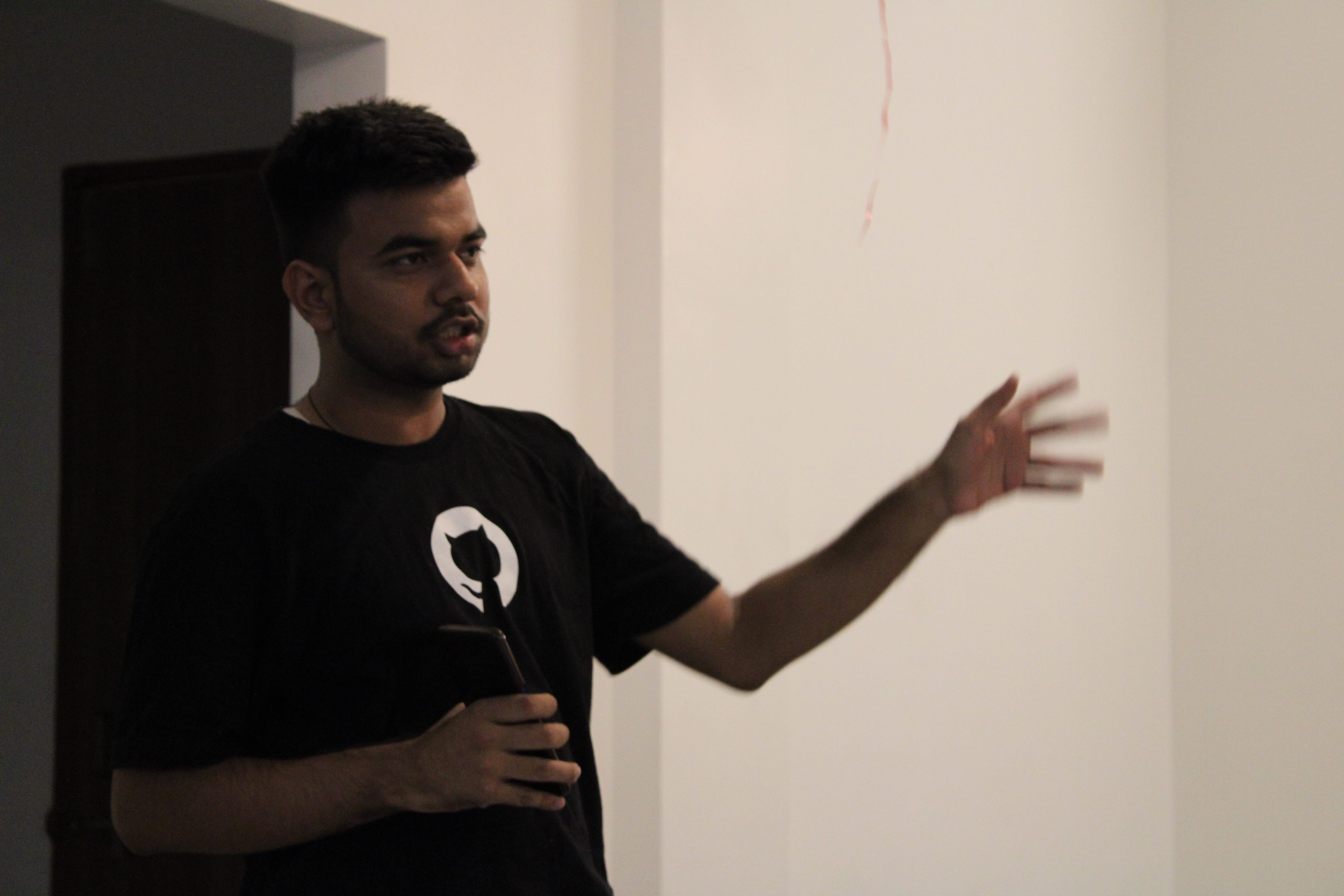Installing Cairo in your local Machine
 Shouryam Kumar
Shouryam Kumar
As the official Cairo blog post suggests, "Cairo is the first production-grade platform for generating STARK proofs for general computation. It is Turing complete and highly effective". Cairo is essentially of great help for having large-scale executions on Ethereum at really low gas costs. This low-level language comes with some powerful syntactic sugar to allow for writing efficient and maintainable code.
This short article will walk you through Cairo's installation process on your local system in two easy steps. Let's get started!
P.S: If you are a windows user, using WSL instead of PowerShell or command prompt is highly recommended. You can install WSL on your system from here
Step 1: Installing python3.9
It is highly recommended to install and use python3.9 as Cairo was tested with python3.9
Check if your system has python3.9 already configured by executing:
python3.9 --version.
You should get something like this:

You can skip to Step 2 if you have python3.9 already configured on your system.
Run these commands in your terminal/WSL to get python3.9 on your local machine:
sudo apt update
sudo apt install software-properties-common
sudo add-apt-repository ppa:deadsnakes/ppa
sudo apt install python3.9
To verify for correct installation, run the following command in your terminal/WSL
python3.9 --version
You should get something like this:

Step 2: Installing Cairo
To create and enter the python virtual environment
python3.9 -m venv ~/cairo_venv
source ~/cairo_venv/bin/activate
You should see (cairo-venv) in the command-line prompt

Install some necessary dependencies like ecdsa , fastecdsa, sympy etc
For Linux and WSL
sudo apt install -y libgmp3-dev
For Mac
brew install gmp
Install the cairo-lang python package
pip3 install cairo-lang
Verifying Cairo installation
Create a file hello.cairo with the following content:
%builtins output
from starkware.cairo.common.serialize import serialize_word
func main{output_ptr: felt*} (){
tempvar x = 10;
serialize_word(x);
return();
}
Note: Run all the commands only in virtual environment !
Execute the following command to compile the above code block:
cairo-compile hello.cairo --output hello_compiled.json
To run the compiled code:
cairo-run --program=hello_compiled.json \
--print_output --layout=small
You should get the following output:

Congratulations! 🤩 You have successfully installed Cairo in your local system.
Best of luck at the beginning of your Cairo learning journey and see you for part two of the series.
Subscribe to my newsletter
Read articles from Shouryam Kumar directly inside your inbox. Subscribe to the newsletter, and don't miss out.
Written by

Shouryam Kumar
Shouryam Kumar
Hey! I am Shouryam. I am a blockchain developer 🚀. I build using JS, React and Solidity 🎯.